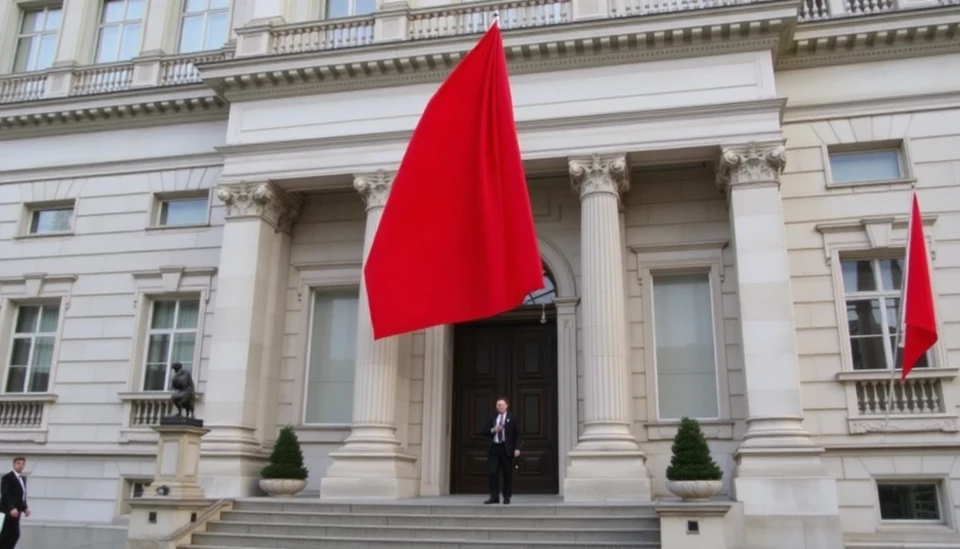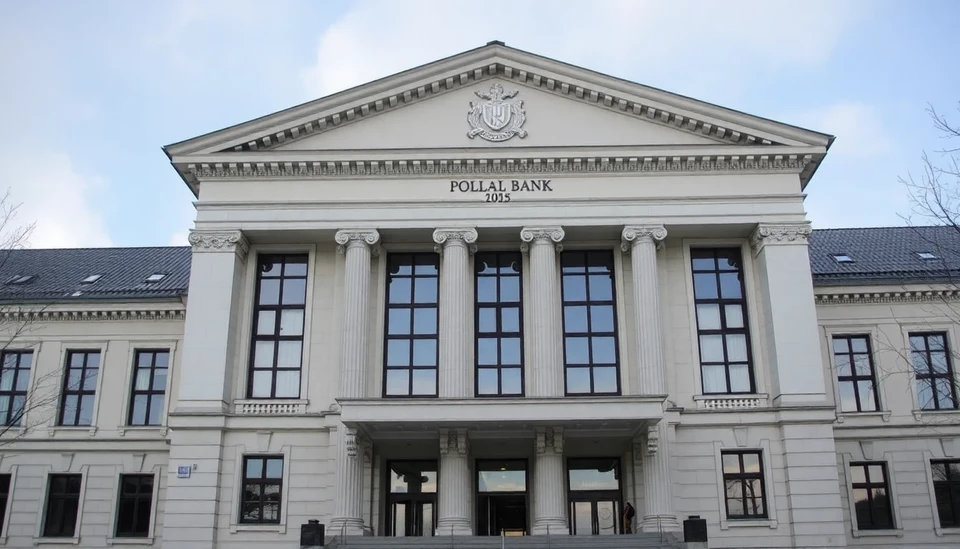
In a pivotal decision, the Polish central bank has opted to hold interest rates steady at its latest meeting, signaling a cautious approach amidst evolving economic conditions. This development comes after the recent hawkish rhetoric from the bank's governor, Adam Glapiński, who has indicated a more aggressive stance on inflation control.
The decision, which surprised some economists who anticipated a rate hike, reflects the central bank's balancing act of combating rising inflation while fostering economic growth. Glapiński, in his recent statements, emphasized the need for vigilance against inflationary pressures, hinting that future adjustments may be necessary if economic indicators do not align with the bank's projections.
Currently, the benchmark interest rate stands at 6.75%, a level maintained since the last adjustment more than a year ago. This stability is particularly significant given the broader context of high consumer prices and global economic uncertainties, which have prompted central banks worldwide to reassess their monetary policies.
Glapiński has faced scrutiny for his earlier assurances that inflation would soon subside. However, persistent inflation rates, hovering well above the central bank's target, have led to a shift in tone, suggesting a readiness to implement tighter monetary measures if inflation remains unyielding. The governor's recent comments are viewed as a signal to markets that the bank will act decisively if the economic landscape does not improve.
The decision to maintain the current interest rates has implications for both consumers and businesses in Poland. While it allows for continued access to affordable credit, it also raises questions about the central bank's commitment to tackling inflation in a timely manner. Analysts are divided on the next steps, with some predicting that the bank could adopt a more aggressive approach should inflation persist or worsen in the coming months.
Market responses to the central bank's decision have been mixed, with some investors cautiously optimistic about the bank's ability to navigate the complex economic environment, while others remain skeptical. The challenges posed by external factors, such as changes in global energy prices and the impact of ongoing geopolitical tensions, add another layer of complexity to the financial landscape.
Looking ahead, the Polish central bank is expected to closely monitor inflation trends and economic performance as it deliberates on future monetary policies. The hawkish positioning from the governor indicates that while the current rates remain unchanged, the door is open for potential hikes should the economic situation demand a more assertive intervention.
In conclusion, the Polish central bank's choice to uphold interest rates, combined with a hawkish narrative from the governor, sets the stage for a critical period ahead. Stakeholders across the economic spectrum will be watching closely for indications of how the bank navigates the fine line between fostering growth and controlling inflation in a volatile global environment.
#Poland #InterestRates #CentralBank #Inflation #Economy #AdamGlapiński #MonetaryPolicy
Author: Daniel Foster




